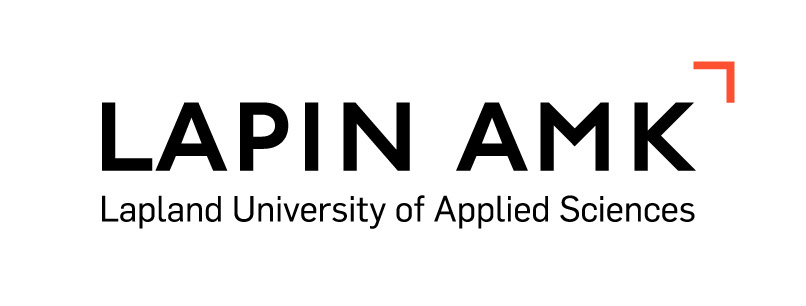Digital TwinsLaajuus (5 cr)
Code: R504D81
Credits
5 op
Objective
The student knows the classification and operating principles of digital twins. The student knows the technology on how digital twins are implemented. The student becomes acquainted with the process of producing digital twins.
Content
- Basic principles of digital twins
- Design and implementation of the digital twin
- Visual and functional modeling of the digital twin and their integration
Assessment criteria, satisfactory (1)
The student knows the basic principles of the digital twin.
Assessment criteria, good (3)
The student knows the visual and functional modeling of a digital model.
Assessment criteria, excellent (5)
The student can design and implement a visual and functional model of the digital twin and to combine the real-world equivalent with the digital twin.
Enrollment
02.10.2023 - 31.01.2024
Timing
01.02.2024 - 10.05.2024
Credits
5 op
Mode of delivery
Contact teaching
Unit
Bachelor of Engineering, Information Technology
Teaching languages
- English
- Finnish
Seats
0 - 30
Teachers
- Toni Westerlund
Responsible person
Toni Westerlund
Student groups
-
R54D21SBachelor of Engineering, Machine Learning and Data Engineering (full time studies), 2021
Objective
The student knows the classification and operating principles of digital twins. The student knows the technology on how digital twins are implemented. The student becomes acquainted with the process of producing digital twins.
Content
- Basic principles of digital twins
- Design and implementation of the digital twin
- Visual and functional modeling of the digital twin and their integration
Location and time
Education according to the timetable at the Rantavitika campus, Jokiväylä 11, in the spring semester 2023
Materials
Lecture material, examples and exercises. In the Moodle workspace, a link to the shared Drive/OneDrive material directory.
Teaching methods
36 hours of classroom teaching and exercises, independent study, 101.5 hours of practical work.
Doing exercises in your own time in addition to lessons is essential if you want to achieve the skills and professional qualifications required in working life.
Exam schedules
There is no exam in the course. Competence is demonstrated through practice tasks.
Completion alternatives
There is no exam in the course. Returnable practice tasks or a project of a similar size, which can be used to demonstrate competence in the subject area being discussed.
Content scheduling
Unity / Unreal Engine
- Simple digital Twins that can be used to represent data
- Two-way digital Twins, which can be used to control the equipment.
- Two-way digital twins that also enable simulations
Further information
We use game engines and game technology in the Study Course. Completing the course requires hardware that enables unreal/unity game engine development. Students have access to the school's computers and the opportunity to use the Citrix service
Evaluation scale
H-5
Assessment criteria, satisfactory (1)
The student knows the basic principles of the digital twin.
Assessment criteria, good (3)
The student knows the visual and functional modeling of a digital model.
Assessment criteria, excellent (5)
The student can design and implement a visual and functional model of the digital twin and to combine the real-world equivalent with the digital twin.
Assessment methods and criteria
The assessment is based on the test completed in the study course (demonstrating competence) and the study course's practice assignments.
